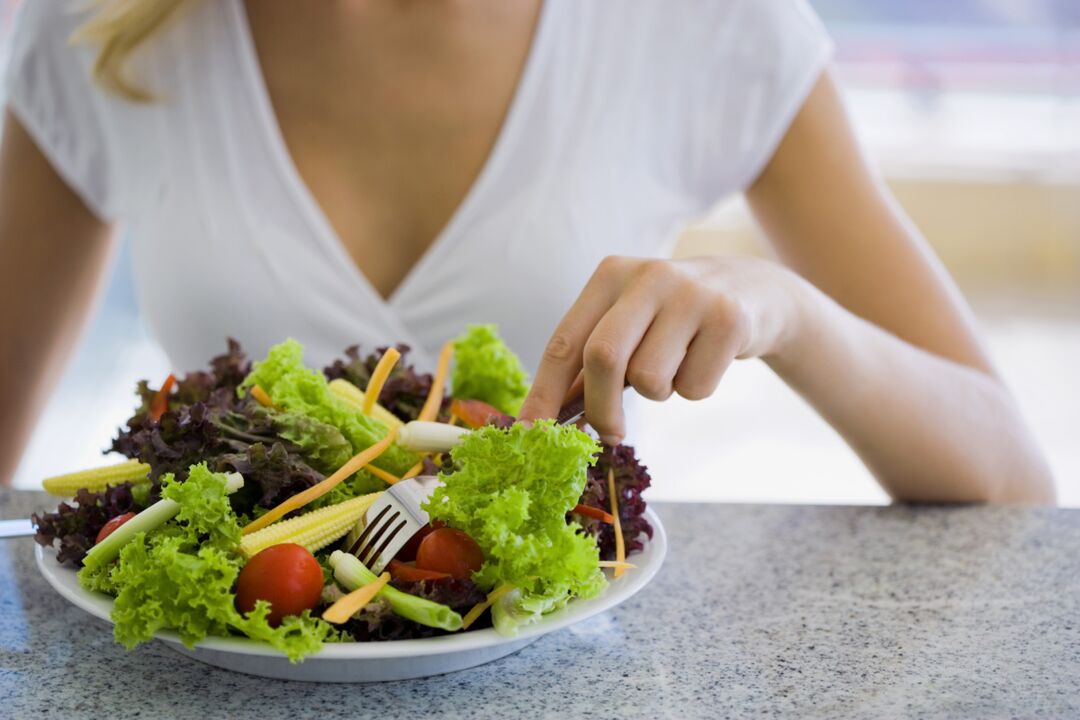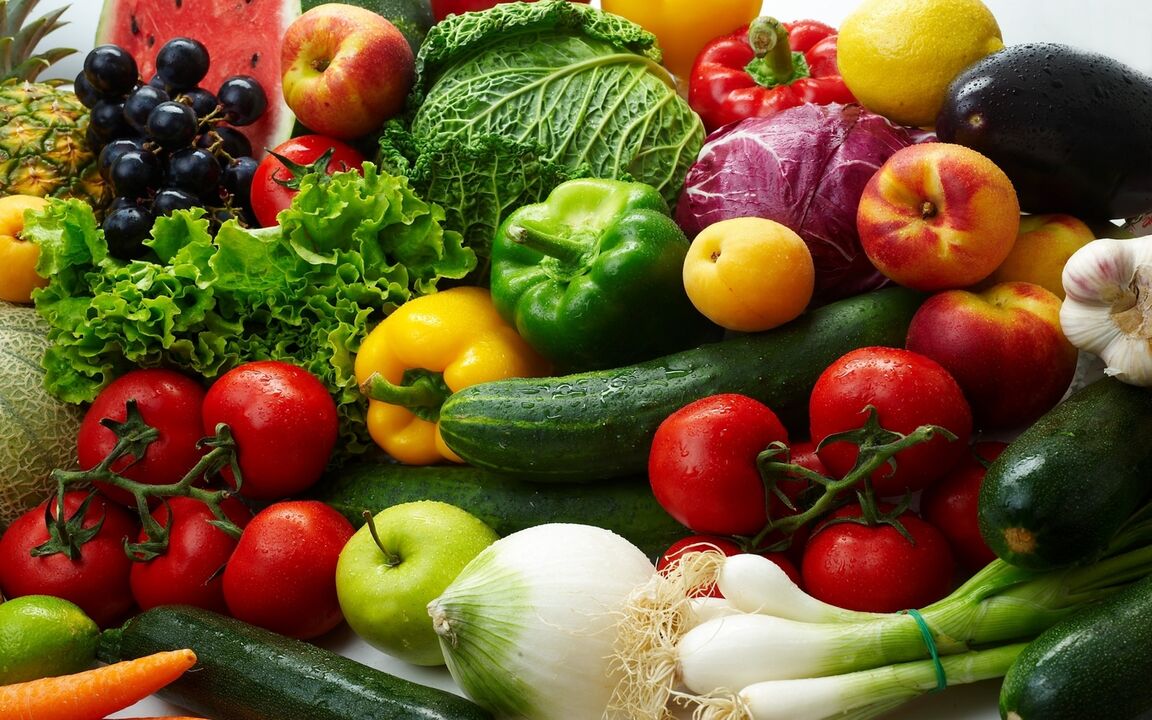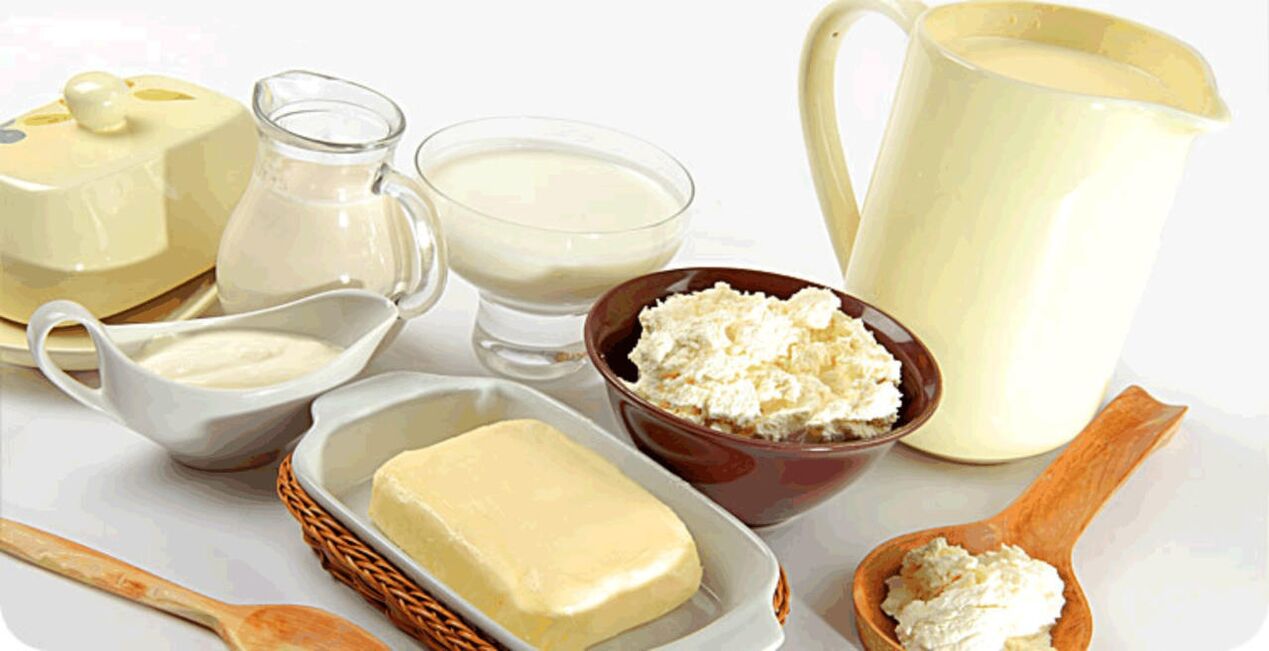In the event of a serious illness, especially an autoimmune disease, medication alone is not enough. In addition to medication, patients underwent physical therapy procedures and were advised to adhere to a special nutritional system. You will also need to diet for gout and high uric acid.
What substances increase uric acid
Acute pain in the joints and redness of the skin indicate disruption of uric acid metabolism and complications resulting from its excess. Usually, the percentage of urea in the blood increases due to metabolic disturbances. Acid-binding salts can turn into stones and cause gout and urolithiasis.
First, the disease occurs in genetically predisposed people, but an unhealthy lifestyle can also lead to elevated uric acid levels. Excessive consumption of alcohol, pasta, sweets, greasy and spicy foods, and inappropriate, restricted nutrition can all contribute to the development of the disease.
The gout diet is not temporary, but permanent and cannot be violated. The nutritional principles of gout can be distinguished:
- Completely exclude products containing purines: cocoa beans, tea, river fish, herring, herring, sardines, asparagus, spinach, beans, fatty beef and pork, liver products.
- Reduce intake of protein that increases urate levels.
- Drink plenty of water to remove uric acid and salt.
- Eliminate or significantly reduce salt intake. If serving, eat in small amounts during cooking.
- With a properly balanced diet and diet, the body can receive all the necessary substances without being overloaded.

what to eat
Since gout and a diet high in uric acid are permanent, it should become a habit, a way of life. It is best to eat on a schedule, that is, all products and dishes are served in advance. Otherwise, there is a chance to break free and eat the harmful product. Of course, for this you need to consult a doctor and list the allowed foods. A list of foods that can be eaten and gout dishes can be cooked from includes the following products:
- Certain types of meat and fish (chicken, turkey, rabbit). Meat is only cooked thin;
- seafood;
- eggs (no more than one per day);
- vegetable oil (butter is also available, but not often and in limited quantities);
- Cereals (other than rice) and pasta;
- Large amounts of vegetables, fruits and herbs are recommended, with one small exception - parsley, celery, radishes;
- Dairy products should be fat free - yogurt, kefir, fermented baked milk, unsalted cheese;
- It is best to exclude spices, but sometimes you can use a small amount of bay leaves, cinnamon, vanilla, vinegar;
- Only from sweet natural products - honey, jams, jams;
- Alcohol should be completely excluded, but in rare cases no more than 100 grams of vodka;
- From beverages - plain and mineral water, fruit juices allowed, rosehip broth, chicory, fruit juice drinks.

what not to eat
In addition to the foods that are allowed to be eaten, you need to decide which foods not only can't be eaten raw, but can be cooked in any dish:
- sausages and fat;
- tomatoes, asparagus, cauliflower, spinach;
- Canned vegetables and canned fish;
- mushrooms in any form;
- fatty dairy products;
- animal fat;
- Plum;
- Smoked products (fish, meat);
- spices;
- sweets, especially those rich in cream;
- Spicy and salty cheese.

The list of permitted and prohibited products should be tailored on a case-by-case basis. This must also be taken into account if the patient has concomitant diseases such as diabetes or internal organ disease. It should also be borne in mind that different types and stages of gout require temporary restrictions, even with selected diets. Therefore, meat and fish are completely excluded as the disease progresses.
If a person suffers from swollen joints, watermelon and herbal soups are recommended.
correct menu
It's important to know not only what to eat, but also under what conditions to decide which dishes are right for you. For breakfast, it is recommended to prefer nutrient-dense, high-calorie but simple dishes. Great for: cereal, cheesecake, scrambled eggs with vegetables, pancakes. For lunch, choose a vegetable first course, poached meat, steamed meatballs or steaks, preserves, vegetable salads, milk-based soups and cereals.
Dinner should be light, but not make you hungry. It's best to choose dishes from vegetables, low-fat dairy products: vegetable and cottage cheese casserole, pancakes with jam, kefir, dried fruit, steamed fish with vegetables, etc. Dietitians recommend scheduling a fasting day once a week. But under no circumstances go without food! On days like these, small amounts of fruits and vegetables and yogurt products are ideal.
In any case, the attending physician and dietitian should determine which foods to eat and which to exclude. It's not safe to choose your own diet -- in the process of treating one disease, you may acquire another.















































































